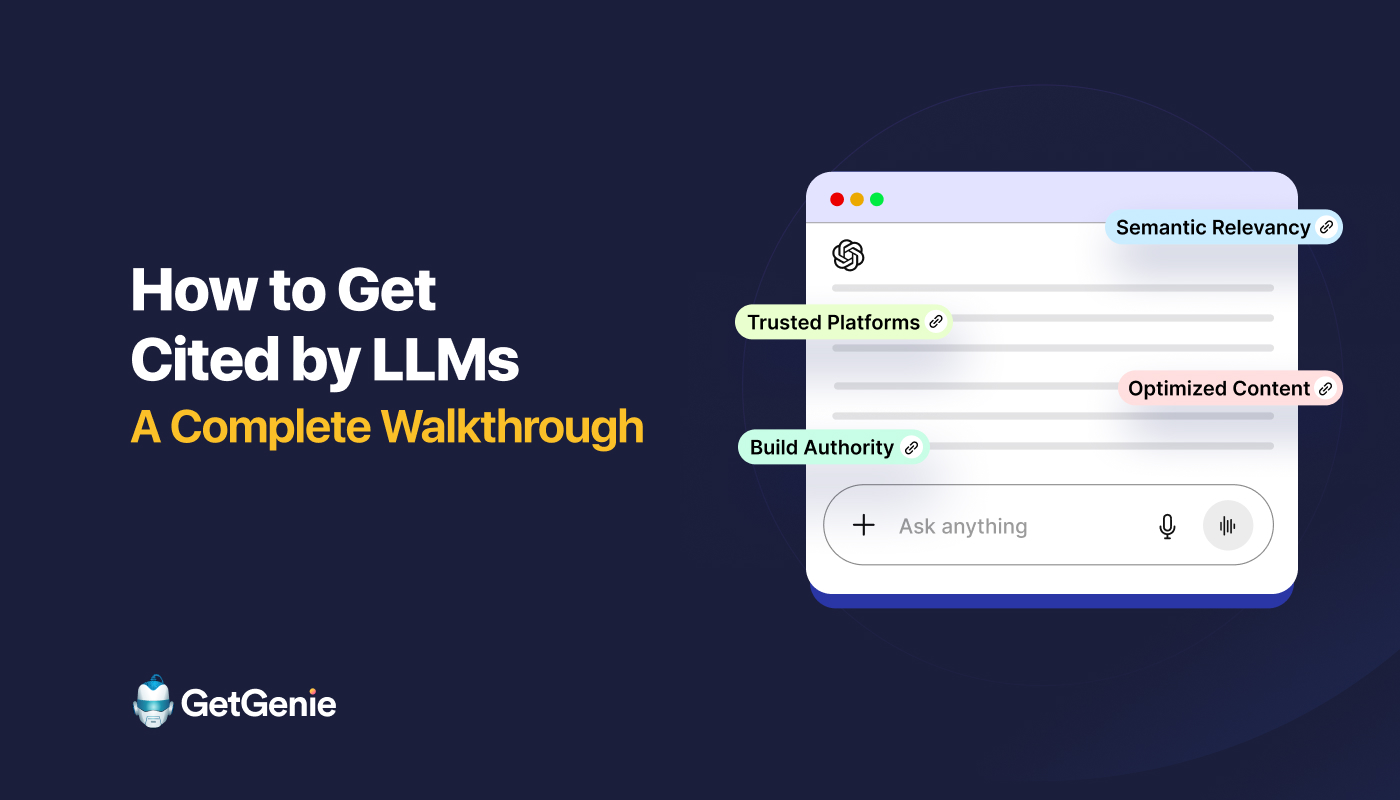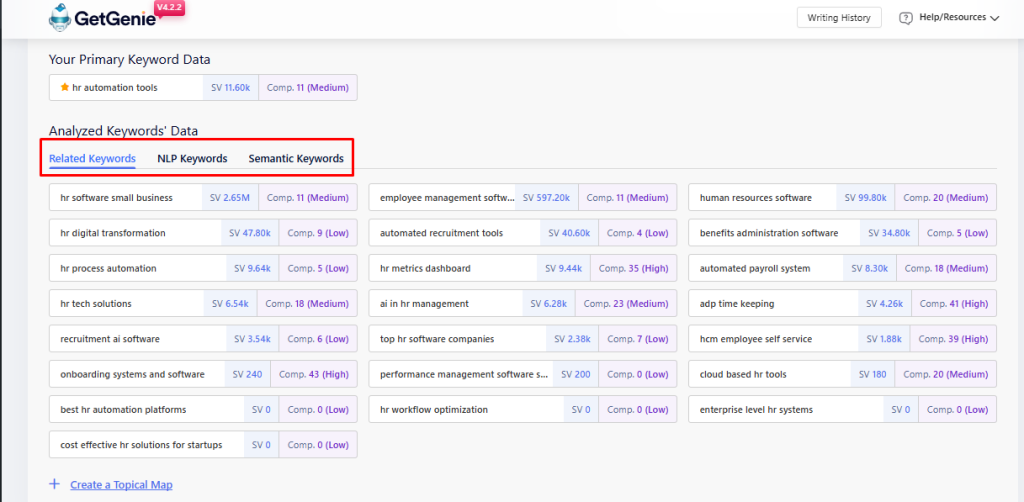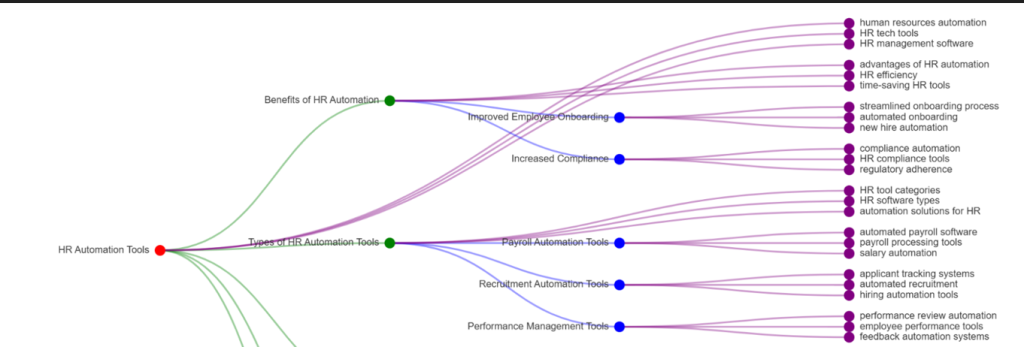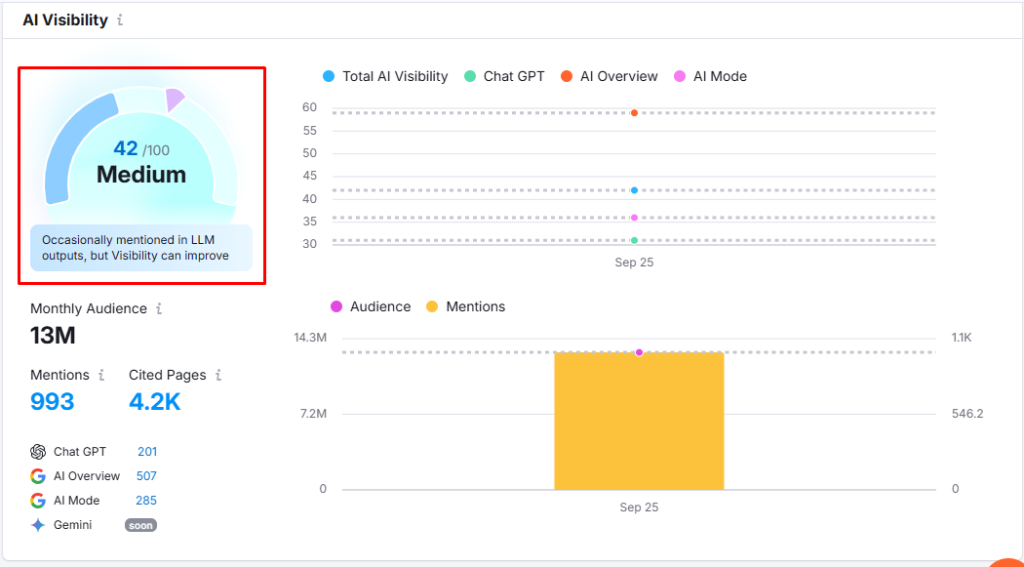How to Get Cited by LLMs – A Complete Walkthrough

If you want to know how to get cited by LLMs (Large Language Models) like Claude, ChatGPT, Gemini, etc., then you must work on creating the right strategies. Getting cited as sources in the LLMs’ answers helps you reach users who frequently use AI tools for research and work.
However, many content writers and content marketers fail to meet the requirements for getting cited by LLMs. So, in this blog post, I will walk you through some effective strategies for LLM citations. Let’s start.
概要
To get cited by LLMs, you must implement the following strategies:
1. Create Authoritative Content
2. Optimize for Knowledge Graphs
3. Integrate FQs, Listicles, Reviews, etc.
4. Improve Semantic Relevance
5. Publish on Authoritative Sites
6. Update Content Regularly
7. Build Topical Authority
8. Ensure Site Crawlability
You should also track LLM citation performance to understand the trends of staying relevant for the platforms.
What is LLM Citation?
Simply explained, LLM citation happens when ChatGPT, Claude, or Gemini cite your website or page in their results. Because LLM models generate content when prompted, they cite sources in their outputs. Especially when using features like Deep Research.
For example, when a user asks “When was the first HR tool released”, the LLM will generate an answer and include a link or footnote to the relevant source. The source might be a Wikipedia page or news article that provided the info for its answer.

This lets the user verify the claim themselves, just as they might check a bibliography in a research paper.
AI Overview vs LLM Citation
AI Overview and LLM Citations serve different purposes. The AI overview is what AI is responding to you about your query. On the other hand, LLM citation is giving credit to the sources of info AI uses to generate responses..
An example of an AI overview is Google’s AI Overview, where you get summarized information on your search, usually at the top of the SERP. Google’s AI model collects information from authoritative sources, and generates answers, cited with a link to the information.
The cited source is what the LLM citation gives you. A referenced original source used by large language models to generate their answers

8 Useful Strategies for LLM Citation
These key strategies will help you be part of AI-generated answers and queries. As well as in writing better content that finds visibility among the online crowd.
1. Creating Content that is Authoritative and Transparent
Your content must be clear, factual, and easy for machines to understand. It should also provide evidence and references to stats or claims.
Authoritative content gives AI models strong signals to trust your page when generating answers. Especially for online journals, top news portals, leading industry brands, best-selling ebooks, encyclopedias, etc.
An LLM, for example, will consider your blog post or user manual on AI HR tools only if your product is well-established or you have enough relevant facts to back up your claim. The following comparison shows authoritative content vs weak content:
| What LLMs Avoid | What LLMs Like |
| “AI makes HR easier. It can automate everything.” | According to a 2024 report by Deloitte, 72% of HR teams have adopted AI tools to automate attendance tracking and performance reviews. These tools help reduce administrative time by 35%.” |
2. Optimizing for Knowledge Graphs
You can potentially get cited by LLMs to make your content easy and scannable for AI systems to understand and connect. Knowledge Graphs come into play for this.
LLMs rely on structured data and knowledge graphs to verify facts and link entities. Examples include people, brands, places, concepts, etc.
A well-structured and relevant content is more likely to be counted as a trusted node in these graphs. Nodes in knowledge graphs store details about people, places, objects, and institutions. An e-commerce knowledge graph, for say, would have nodes based on customers, products, and orders, as shown below:
| Customer Name | 商品名 | Order ID |
| Peter Parker | Cap | 3030 |
| Samantha Hawkins | Soap | 1200 |
The relationships above show how Peter Parker, the customer, is connected to the product he wants to buy, a cap. Which has an order ID, 3030. These nodes help LLMs semantically connect entities.
To optimize for knowledge graphs, take a look at the following example:
Suppose you want to publish a guide about an AI tool for HR management. You will need to:
- Use schema markup to define the HR software as a software entity.
- Link to related topics like “HR automation tools” and “employee self-service chatbots”
- Refer to credible industry stats and sources.
This will let LLMs easily associate your content with the AI tool and HR tech topics.
3. Integrating FAQs, Listicles, Comparison, and Review
Product or service comparisons done side-by-side are gold to LLMs. You’re more likely to be highlighted if you include a verdict like “Best for Small-Medium Businesses” or “Best for Retail Industries”. These show a preference for a particular niche or industry.
Also when you include FAQs in a blog post or landing page, LLMs scan for quick, valuable information. As the answers are short and quick.
Moreover, when you write content based on “Top 10” or “Top 20” lists, LLMs cite them as quick sources of information on products. If the listicle is well-written and valuable, LLMs will cite it.
If, for instance, you are comparing 2 or more HR tools for the same niche, as shown below, it signals LLMs a possibility of users or target audiences analyzing the comparison. That is because it is an important step toward making a purchase. Customers usually buy products only after comparing multiple options.
| 道具 | 無料トライアル | Packages | AI Integration |
|---|---|---|---|
| Workleap | はい | 3 | はい |
| Paylocity | いいえ | 8 | はい |
| Aequim | いいえ | 3 | いいえ |
The above comparison among three HR tools focuses on factors that buyers will consider before making a purchase. Adding value for LLMs to cover the content.
4. Improving semantic relevance
Semantic relevance means how closely the meaning of your content matches the meaning or intent behind a user’s query. it’s about understanding context, not just exact keywords.
When your content naturally covers related concepts, synonyms, and questions, it becomes easier for AI to understand and cite it as a reliable, relevant source. For example, if the search query is “Best tools for remote team communication”, a semantically relevant content will be:
「 Some of the best tools for remote team communication in 2025 include Slack for instant messaging, Zoom for video conferencing, and Notion for collaborative documentation. These platforms help distributed teams stay connected, manage workflows, and reduce communication delays. 」
5. Publishing on Renowned Platforms
LLMs give more weight to information from well-established domains. These could be research sites like JSTOR, online news portals Wall Street Journal, online business portals like Forbes, official company websites, and so on.
However, it does not mean LLMs won’t cite high-quality content from sites with less domain authority. It’s just that highly authoritative domains have the edge when getting cited.
If you write an in-depth article on HR automation and it’s published on SHRM or a major SaaS blog, LLMs are far more likely to trust and reference that content in AI answers. You can also contribute guest articles to reputable industry blogs or journals.
6. Updating Content Regularly
Stay updated with the information in your content. If you are writing a listicle comparing products, make sure the feature description and pricing are up-to-date. If you are presenting a How-to-Guide or blog post on top trends, include the latest stats, data, and insights.
Updating your content also includes adding new information, valuable case studies, and optimizing the SEO aspects. These are the internal links, keyword use, headings, structure, images, clips, etc.
You can use tools like GetGenie to research keywords better. Or find in-depth insights about the performance of your website.
For example, GetGenie lets you do advanced キーワード調査 and find NLP, Semantic, and Related keywords. These help you see which relevant keywords against your main keyword have high search volumes and competition levels. You can pick keywords to improve or update your content for better searchability.

7. Building Topical Authority
LLMs cite content that comes from trusted and well-known sources. So you need to create and publish content that helps you become a go-to source for that niche.
Building authority takes time and effort. When you build a clear, focused content footprint around a niche, AI systems recognize your site as an expert hub. But how do you become an authoritative source on the web?
- を作成します content cluster (pillar pages + supporting articles) around one topic.
- Maintain semantic consistency by using related keywords, FAQs, and structured data.
- Link your content internally to reinforce relationships between pages.
- Publish research, guides, and expert insights regularly.
Use an advanced tool like GetGenie to create topic clusters. Through its Keyword Research feature, you can build visual topical maps that help you group pillar topics, main keywords, subtopics, and relevant keywords.
For instance, in the context of the HR Automation tool as the primary keyword, you will get the Topical Map by clicking on GetGenie > Keyword Research > View Topical Map on the WordPress dashboard.

The above topical map lists “HR Automation Tool” as the main keyword/topic. It branches out to Benefits of HR Automation and Types of HR Automation Tools as subtopics. Which are further broken down into payroll automation tools, recruitment automation tools, increased compliance, and so on.
8. Ensuring site crawlability & indexability
For LLMs to cite your content, it first needs to be discovered and indexed by search engines. If you publish a strong guide but accidentally block it with “noindex”, LLMs and search engines won’t find it.
To ensure crawlability, keep a clean, updated robots.txt file to allow crawling of key pages. Also, use an XML sitemap to help search engines navigate your site. Additionally, avoid broken links, redirect loops, and heavy scripts that block crawlers. And don’t forget to optimize page speed and mobile responsiveness.
Tracking LLM Citation Performance
Advanced tools like セムラッシュ can help you get insights into your LLM citation performance. You must monitor the content’s performance for LLM citation This ensures you are consistently getting cited by LLMs. And where your competitors’ positions for LLMs.

As the above image shows, a particular HR Automation tool driven by AI has over 4000 citations and over 990 mentions in popular LLMs in one month. Its AI visibility is rated medium with a score of 42/100.
Benefits of Getting Cited by LLMs
If AI models cite your content, it shows the content is semantically relevant, authoritative, and credible. Take a look at the top 3 benefits of LLM citation:
1. Trustworthiness and value
This reinforces your brand’s position as a knowledge leader in your niche. Users are more likely to trust answers backed by credible sources. It strengthens your site’s position in both AI searches and traditional SEO.
2. Wider reach without ranking no.1
Getting cited in LLMs doesn’t mean you have to rank at the top of the SERP. Your content can surface in AI overviews, conversational responses, and knowledge panels. This visibility is often more prominent than a standard link on a search results page. It lets smaller publishers or niche experts compete with big domains through quality and topical authority.
3. Long-Term Content Value
Unlike SERP rankings, citations in LLMs can continue appearing for months or even years, especially if your content is authoritative and of better quality than competitors. High-quality information has a longer shelf life in AI retrieval systems.
よくある質問
まとめ
LLMs like ChatGPT and Gemini crawl cite sources based on content that is valuable and reader-friendly. Make your content authoritative, authentic, updated, data-backed, well-sourced, and well-structured. All these play a key role in getting cited by LLMs.
Tools like GetGenie will help you create content that is optimized and personalized. And you can use these content as part of your LLM citations strategies. However, focus on the above mentioned strategies for getting cited easily by LLMs.

